Video has fast become one of the most effective marketing tools brands can use to attract, engage, and convert new customers. Forget the old days of TV commercials where all your money, time, and effort went into one 30-second spot, the days when you lived or died by your time slot. Now, with YouTube standing firmly as the second biggest site on the web, video has a new format.
Video Has the Power to Convert

Video can be a powerful tool for converting views into sales. According to a survey by Google, more than half of the shoppers they spoke to said that online video helped them decide which specific brand or product they wanted to buy.
That said, it’s time to start thinking of your video content like a funnel. Grab their attention to stop them scrolling, deliver real value with your content, use video to pitch, and convert viewers into customers with your call to action.
If you read our last post, YouTube User Stats by Generation, you’ll probably notice that across generations, how-to videos and product reviews are among some of the most popular forms of video content. People love to learn new skills and pursue their passions through online video. These are both great opportunities for brands to showcase their own products in a value-driven way to attract new customers.
People may not be heading to YouTube with the intent of purchasing anything, but ninety percent of people say that this is exactly how they discover new brands and products, and 80 percent include video when researching which products to buy.
Tips for Creating Video That’ll Make Your Social Marketing Efforts More Effective
#1 Make your video native to the platform

Making a video “native” to a platform has to do with two key things: The video needs to be suitable for the platform, and the video needs to be published directly to the platform.
Video content takes on very different forms across the different social networks, so you should plan to adapt your strategy depending on where you plan to post video content. Which platform you choose for your videos should depend primarily on your target customer. The good news here is that pretty much everyone uses YouTube. Outside of YouTube, audiences can vary wildly.
If you want to market to more mature audiences like Baby Boomers and Gen X, create multimedia content for Facebook, LinkedIn, and Twitter. Younger audiences like Millennials and Gen Z have a soft spot for Instagram, Snapchat, and Musica.ly.
“Can’t I just create one video and put it everywhere?”
Uh… you could… but what translates well on Facebook may hit a brick wall on Snapchat. It’s not necessarily because people aren’t interested in your brand or your product, but because by skipping the part where you repurpose and tweak your video, you will inevitably end up posting a video that sticks out like a sore thumb if you post it to the wrong platform. Or worse, people go completely blind to it, which happens a lot with sponsored content that’s not tailored to the platform.
For YouTube…

The first thing I want to clarify is that YouTube IS a visual search engine. It’s owned by Google, so the search capabilities are phenomenal! So, it makes sense put some thought into how your video and the descriptions show up in people’s YouTube feeds.
Yes, keywords are important. Yes, content quality is crucial. And yeah… titles matter. What are we getting at here? For search purposes, it’s important that you treat your YouTube video content with the attention you would treat blog posts and articles where SEO is concerned.
More than just the video’s title and the description below, the actual scripts for YouTube videos should be keyword optimized. Ever notice how drug commercials repeat whatever afflicting condition the drug is treating over and over again these days?
“Blah, blah, blah, recurring mid-to-lower burning back pain…”
“A treatment that heals your recurring mid-to-lower burning back pain…”
“To keep your family from having to deal with your recurring mid-to-lower burning back pain…”
“So you never have to deal with recurring mid-to-lower burning back pain again…”
Those commercials are keyword optimized… to the point of making you roll your eyes. We certainly don’t recommend you just lift keyword phrases from Google if they don’t sound natural, but you do need to be strategic about how you’re going to use your keywords in a post. That’s important.
Last thing about YouTube: The description box underneath the video gives you ample space to link to outside sites such as your sales pages or other social media profiles as well.
For Facebook…

A lot of the video consumed on Facebook is done so within the feed itself, so videos can be viewed with the sound on or off, depending on the user’s preferences. Compared to a platform like Instagram where videos are viewed with the sound on. This part is important: If you want to maximize both views and impact, include subtitles with your videos. On Instagram Stories, 60 percent of video ads are viewed with the sound on. In comparison, only seven percent of Facebook video ads are viewed with the sound on.
Facebook is also a plagued by constant scrolling, so short videos are ideal. Unlike Instagram where most people are checking it in their downtime, Facebook is often used as a pleasant distraction during the workday with engagement actually peaking between 10AM and 3PM EST
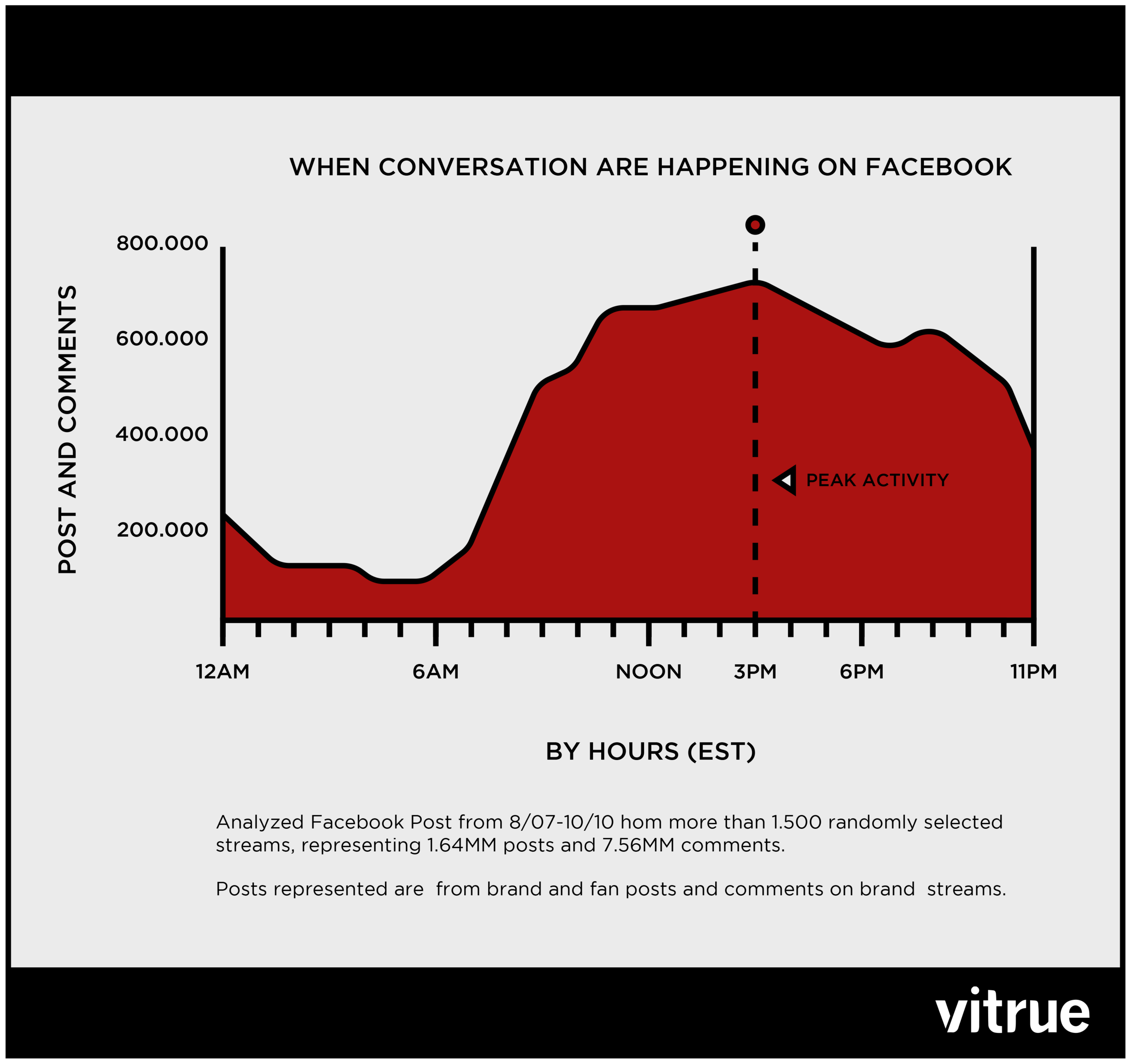
Source: Mashable
Facebook recommends keeping posting videos with run times between 5 – 15 seconds for optimal performance, and plan to woo them in the first four seconds of video if you want them to keep watching.
Part of making video native to the platform, especially as far as Facebook is concerned is creating the video to upload directly to Facebook. You get better video performance (by as much as four times) by sharing your video directly to Facebook as opposed to uploading it to YouTube and sharing the link or embedding the video on Facebook.
Also, be sure to caption your video with a description (some short-form content) so people know what the video is about and have a good idea of the backstory for the video. If you have a great script for your video, you want to further drive home your point with great copywriting in the caption.

LinkedIn isn’t always the first platform marketers think of when planning a video content strategy. But, when you’re targeting older professionals or the B2B market, LinkedIn is incredibly effective at getting your product in front of businesses. Eighty-four percent of people who have used LinkedIn video as part of their strategy have found it to be effective , so more people and companies are using it.
LinkedIn really favors video in its algorithm right now as well, so by sharing content like this, you have a much better chance of it getting seen at the top of people’s feeds. This is also a good platform for longer content than most other social networks, with recommended video length falling between 30 second and 5 minutes.

Twitter is possibly the fastest moving social platform around, so executing a video strategy usually isn’t high on marketer’s lists. One of the most effective ways you can win over the platform’s speed scrolling users is to create your own GIFs to upload and share.
If you go the more traditional video route, most of the same rules apply here as on other platforms. Tutorials, storytelling and live video are all killer tools to boost your account’s engagement. Bear in mind that 93% of the videos on Twitter are viewed on mobile devices, so preview your content on these screens before posting, and include subtitles where possible.

Already well-known as a visual-focused platform, it’s no surprise that video on Instagram has become key to running a successful marketing campaign. Because of this, one of the most important factors, when uploading video content, is ensuring your content is super high-quality.
Videos on Instagram are automatically played without the sound, so it benefits you to invest in adding subtitles to your video. Instagram in-feed videos are limited to 60 seconds of content. So be quick to get to your message. Stories, on the other hand, give you much more freedom. Your content doesn’t need to be as polished, and you can go live to share longer content.
Snapchat

In 2016, Snapchat viewers were watching more than eight billion mobile video views each day. Snapchat rivals Facebook in terms of reach, and the majority of the platform’s video views come from the younger audiences. Content on this platform is sharp and snappy and speaks directly to the user.
Sales-focused content will flop massively here, so you need to include some more subtle tactics instead. Creating your own customized geo-filters can be a great way to get your brand noticed without feeling too “salesy”.
Musica.ly

If you’re wanting to reach Gen Z, then Musica.ly is the quiet challenger to traditional social media platforms. Most brands haven’t explored the power of this platform yet, but with top influencers working on campaigns with the likes of Disney – it’s clear that they should be.
As the platform starts to become more popular with those of us over the age of 18, we’re seeing influencers start to become more creative with their content as well. It would seem that for best results, partnerships with these influencers is how you’re going to crack this platform.
#2 Front-load Value
With the amount of video content being shared online every day, you have to provide value if you want to engage your audience. Unless you’re terribly entertaining, skip editorials that don’t really provide value… other than you getting stuff off your chest.
Gary Vaynerchuck is a great example of how this strategy works. Gary uploads video content every day (multiple times a day), and each upload is packed with advice, tips, and the kind of insights business stakeholders and makers are typically willing to pay to get.
Here’s what’s cool: Gary is known for his approachability, his plain-talk strategies (without the high-brow marketing jargon), his uncanny ability to see trends in everything from social media to rap music, and his unrelenting drive to work smart enough and hard enough to eventually buy the New York Jets.
So, if you take a look at his content, he talks about A LOT of different things, but everything he puts out falls into one of those four categories – his life and thoughts, strategies, trends, or motivational content to push people to work harder and smarter.
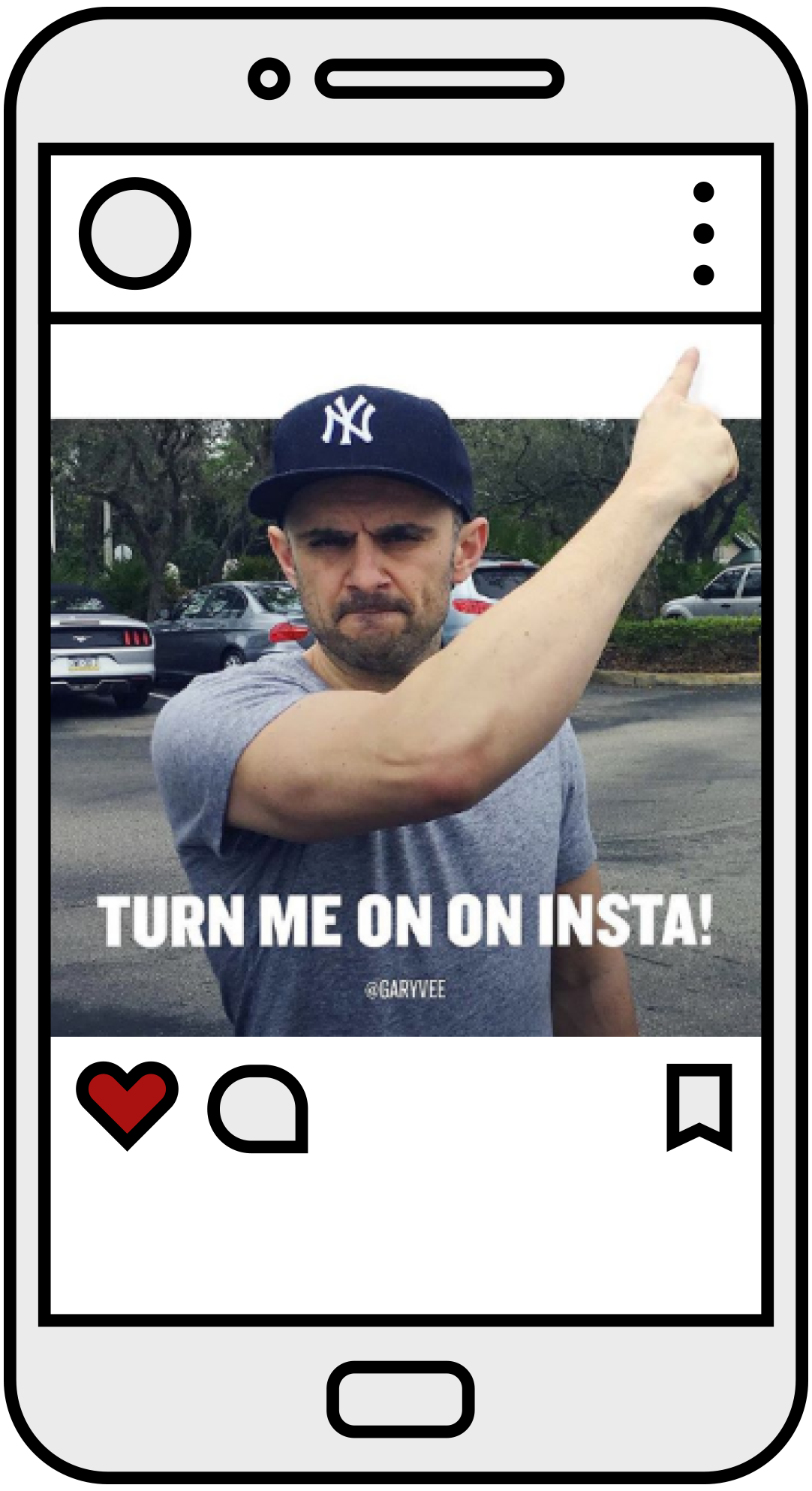
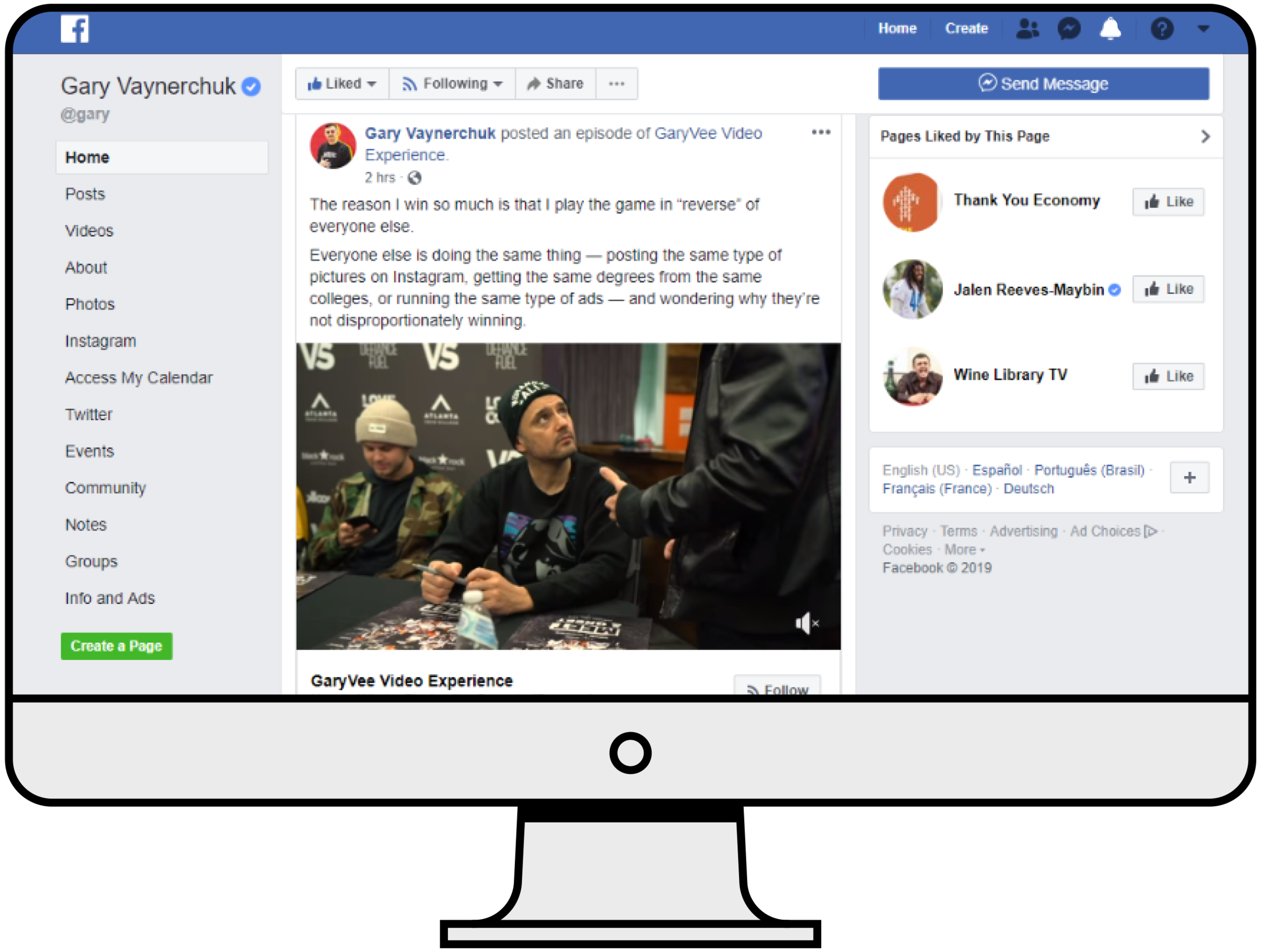
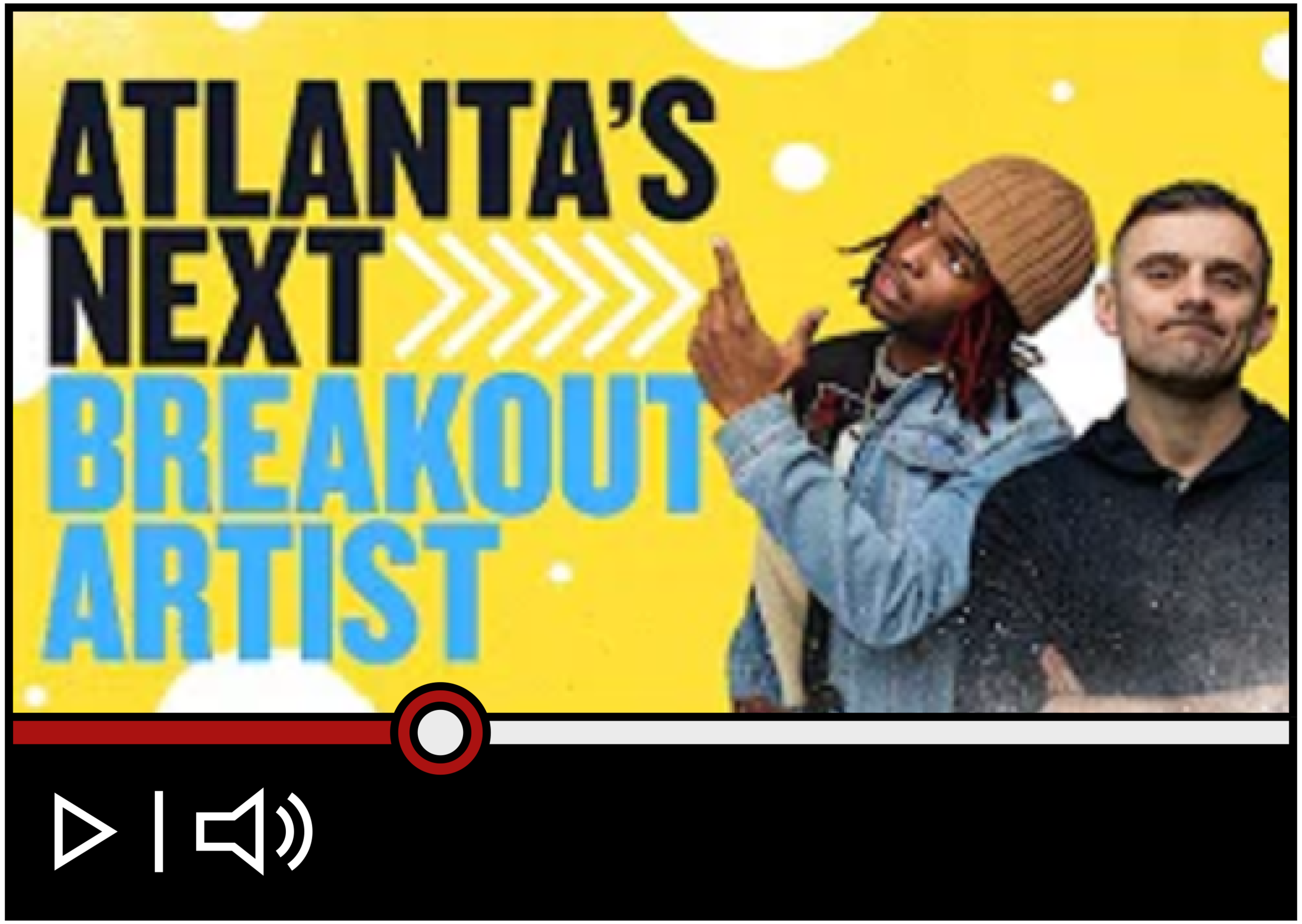
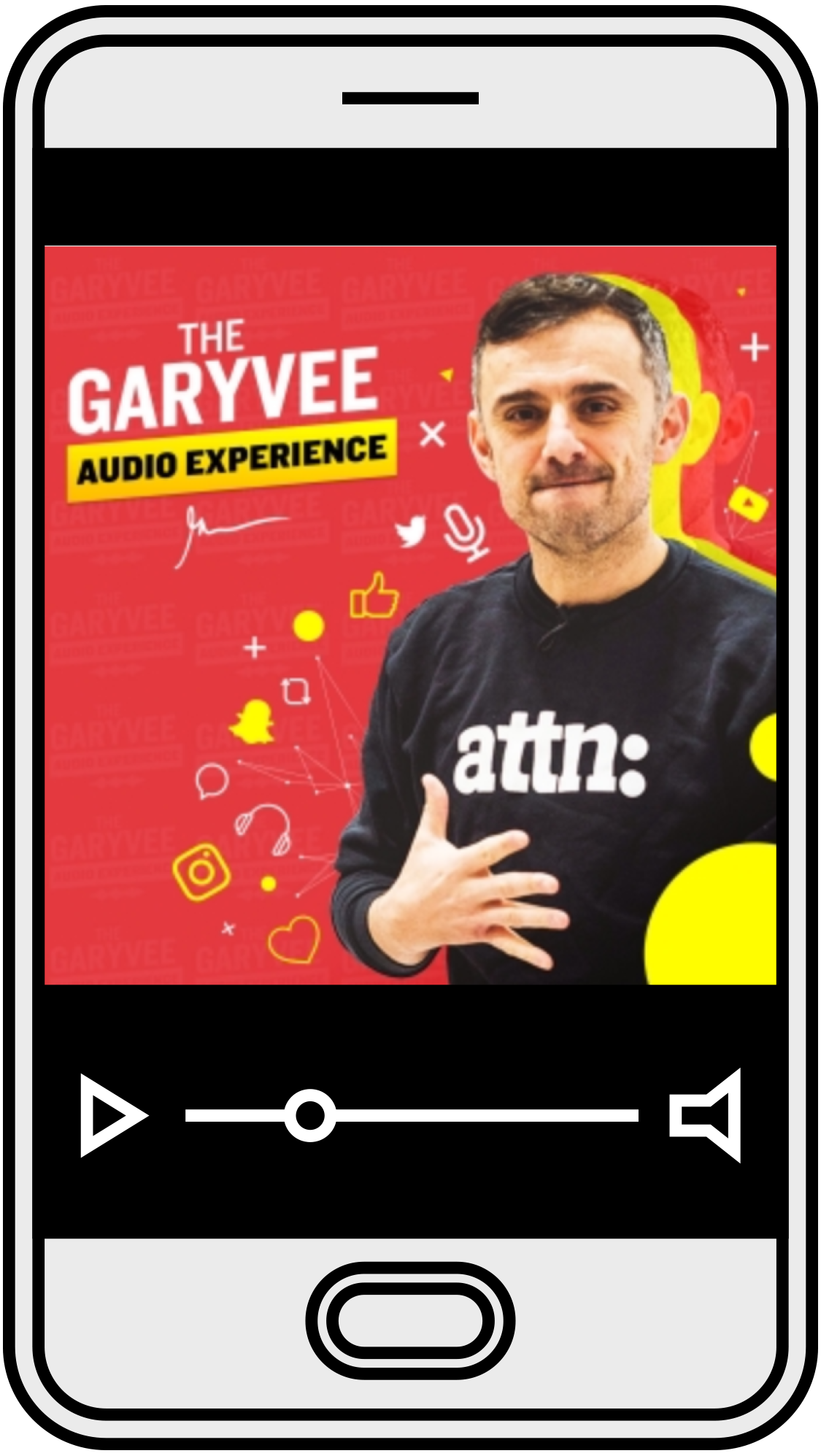
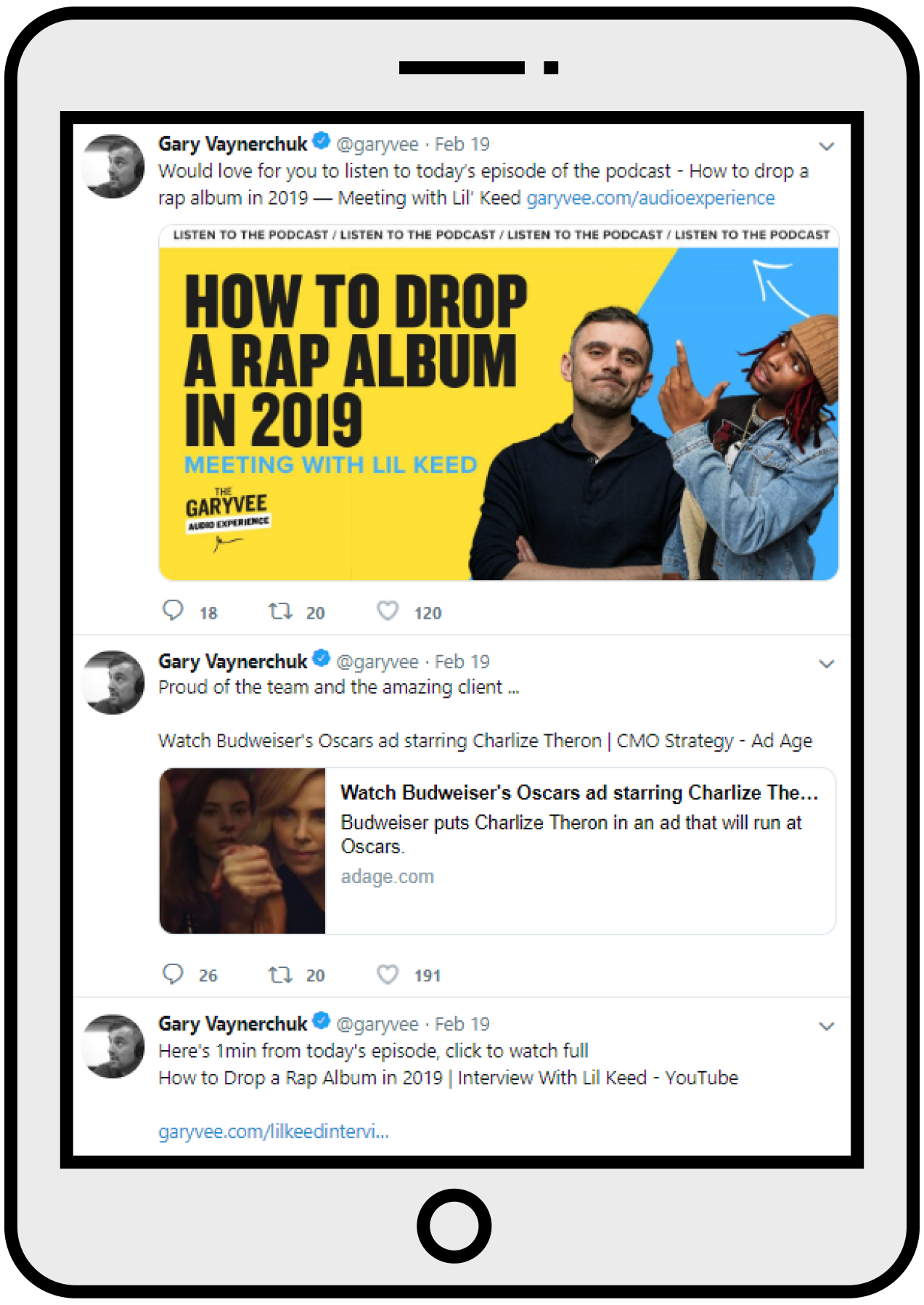
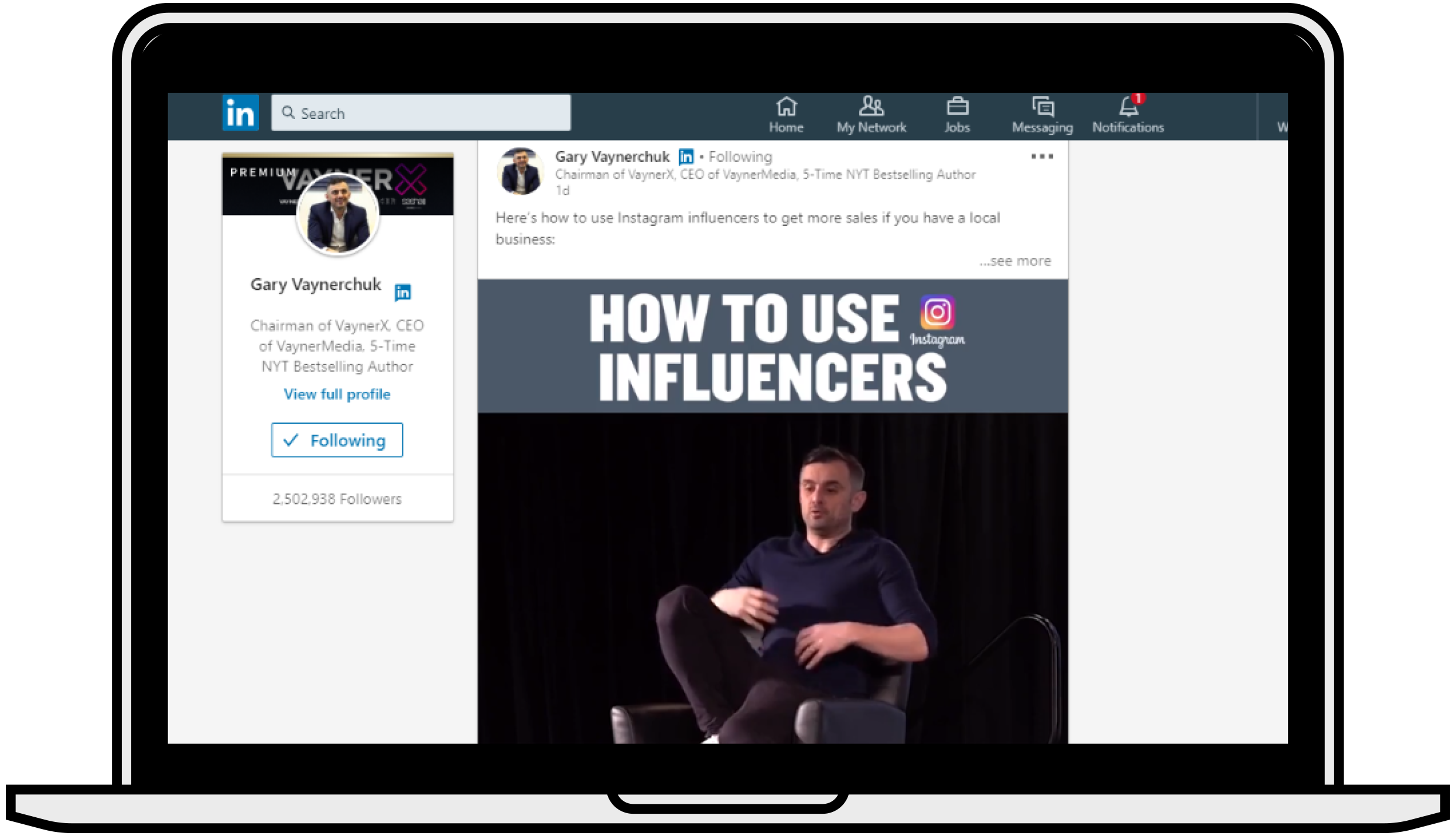
Gary Vaynerchuk has built his career on the video content he produces, and audiences eat up the information he shares because he front-loads value into every piece of content he puts out.
Fun Factoid: Did you know that 70 percent of people actually report feeling motivated or confident after learning something new from a YouTube video? By providing great content, you’re making your audience members feel good about themselves. Creators like Gary Vaynerchuk can create millions of raving fans because in addition to delivery tactical strategies… he makes people FEEL good.
Here’s the takeaway with this one… At this point, creating video content that isn’t jam-packed with value is probably going to be a waste of time. Gary Vees of the world have already figured this out. Remember in our last post, we found out that all four generations (Boomers, Gen X, Millennials, Gen Z) relied on YouTube to learn new things and to be entertained. The only difference between the generations was the kind of content they sought to learn and the kind of entertainment they preferred.
#3 Include Influencers in Your Video Marketing Strategy
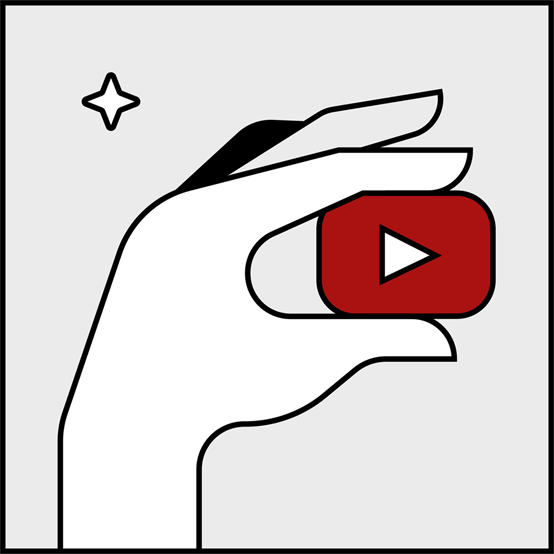
I mentioned a little earlier in this article the kind of power influencers can have to boost your video content on Musica.ly. Now, let’s explore some of the other platforms, too.
Of course, influencer marketing is what we do, so we’re always game to lay some influencer strategies on you. But that’s because it works. There’s no denying the effectiveness of influencer marketing across social media. For every article on effective video marketing, there’s one on extolling the benefits of influencer marketing.
Not all of us are blessed with the personality and confidence that top YouTubers and other influencers have in such abundance. That’s why partnering with influencers to produce video content (they specialize in creating content, after all) can help boost your credibility and get eyes on your brand and product. If you don’t have a production team of your own, then working with influencers to review your products or vlog from your event are really the next best thing for boosting brand awareness AND generating some awesome user-generated video content.
Of course, you’ll need to make sure your influencer partners include the necessary disclosures and follow all the necessary legal guidelines.
#4 Create a Legit CTA
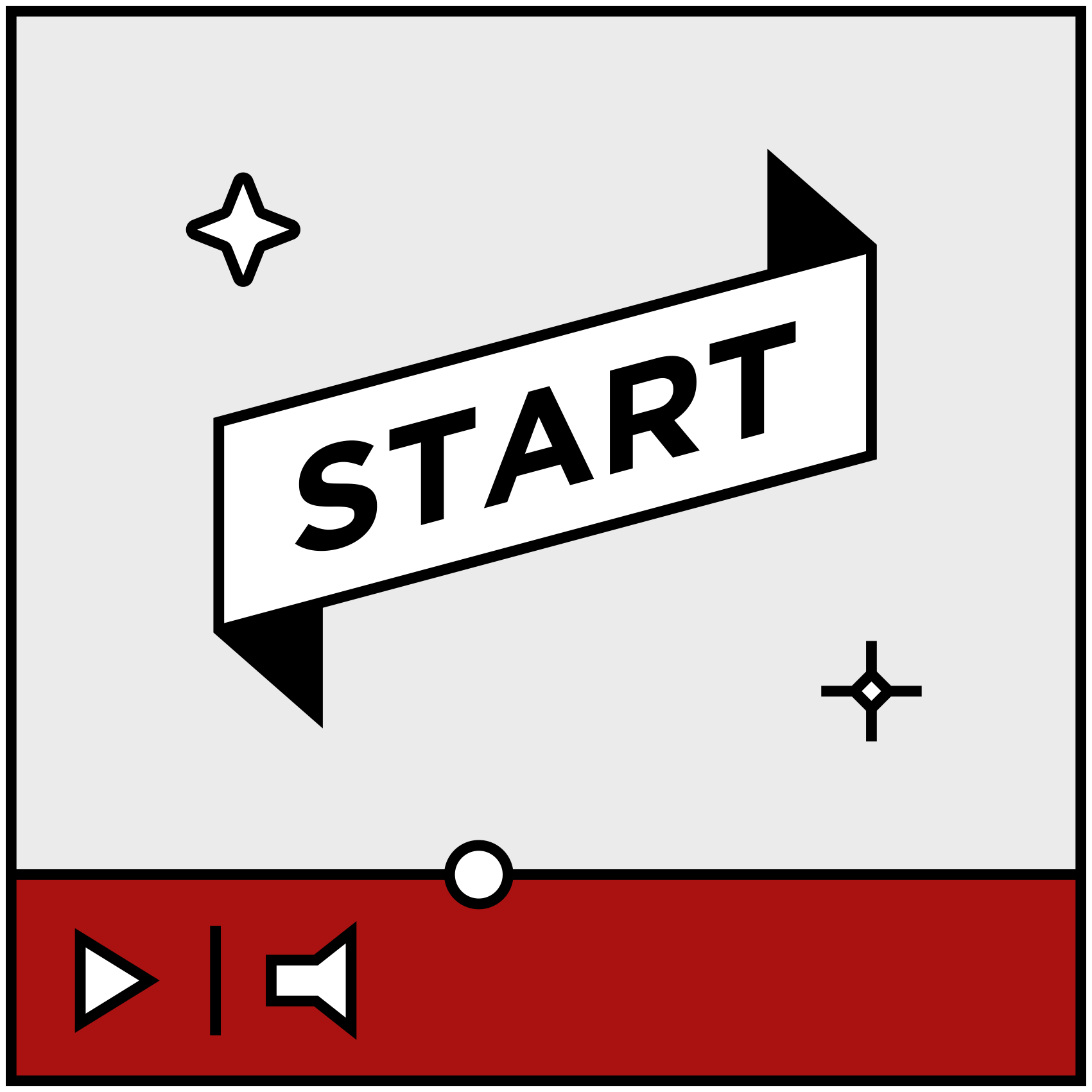
Calls to action aren’t limited to sales pages and landing pages. So, don’t forget to include a call to action in your video content. It seems simple, I know, but so many marketers leave this out of their video marketing and it isn’t helping them to forget the CTA.
Simple phrases like “Click the link below to find out more”, or “Comment your favorite NFL team below”, or “Make sure you subscribe to see more videos just like this” can often be the thing that compels viewers to take an action. It helps them if you tell them the kind of action you want them to take after watching the video.
#5 Make Your Video Content Pop
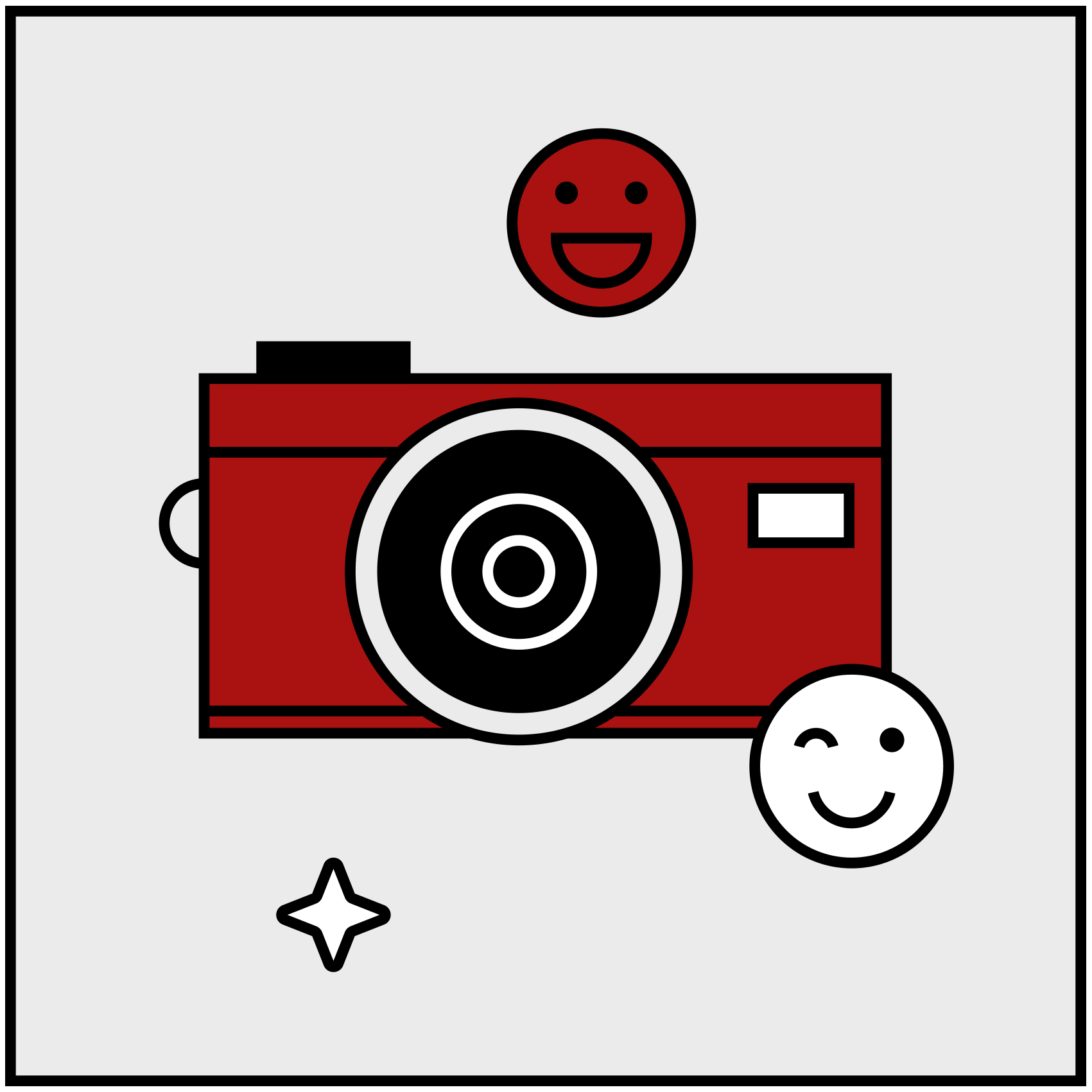
You don’t need access to film studios and extensive editing software to create killer video content anymore. Smartphones are able to record HD video at just the click of a button, and with a little research online, you could reasonably “master” the basics of editing – at least enough to make your video pass the muster.
Doing it all yourself can seem daunting, but it is possible. Of course, you could always use tools like Promo to access stock video footage.There are all sorts of high definition clips available that are entertaining, interesting, engaging in lots of verticals, moods, and film styles. So, if you’re more of a one-trick pony, mix it up with professional stock videos.
#6 Generate Clicks with Great Thumbnails

When you upload a video on YouTube, you can have YouTube generate a thumbnail from your actual video. This will just be a still shot snapped at some point during your video… usually at a point when your mouth is agape and your eyes are mid-roll.
You don’t want that.
Instead, take advantage of the option you have to upload a custom thumbnail that will stop YouTubers scrolling.
A great thumbnail should showcase exactly what your video is all about. Include the title right there in the thumbnail (even better if it’s tweaked a little to make it more interesting than your keyword-optimized meta title. Use a high-quality photo taken in the same style of your video to keep a consistent theme.
 ( Madelaine Petsch )
( Madelaine Petsch )
Speaking of… your video title is another area you’ll need to concentrate on getting right on YouTube. It needs to be clear, concise, and include your chosen keywords. This is no time to get clever with wordplay or post something funny – you need to say exactly what your video is about. The clearer the title, the easier it is for Google/ YouTube to categorize the video, and the more people will be sent your way.
Finally, the length of your video should be tailored to your audience and their preferences (i.e. attention spans). In most cases, a shorter video will work better…
…. ALTHOUGH Gary Vaynerchuk recently posted a four-hour Super Bowl mega-vlog that got something like 36k views in 12 days. So…
But for the rest of us who aren’t Gary, shorter usually outperforms longer videos that can tend to include a bit of rambling. You want your video long enough to capture your audience’s attention and short enough to hold it. Get to your point, deliver some value, and get out of there.
Also remember as you’re creating content that you’re creating it for different platforms that may have specific content length rules.
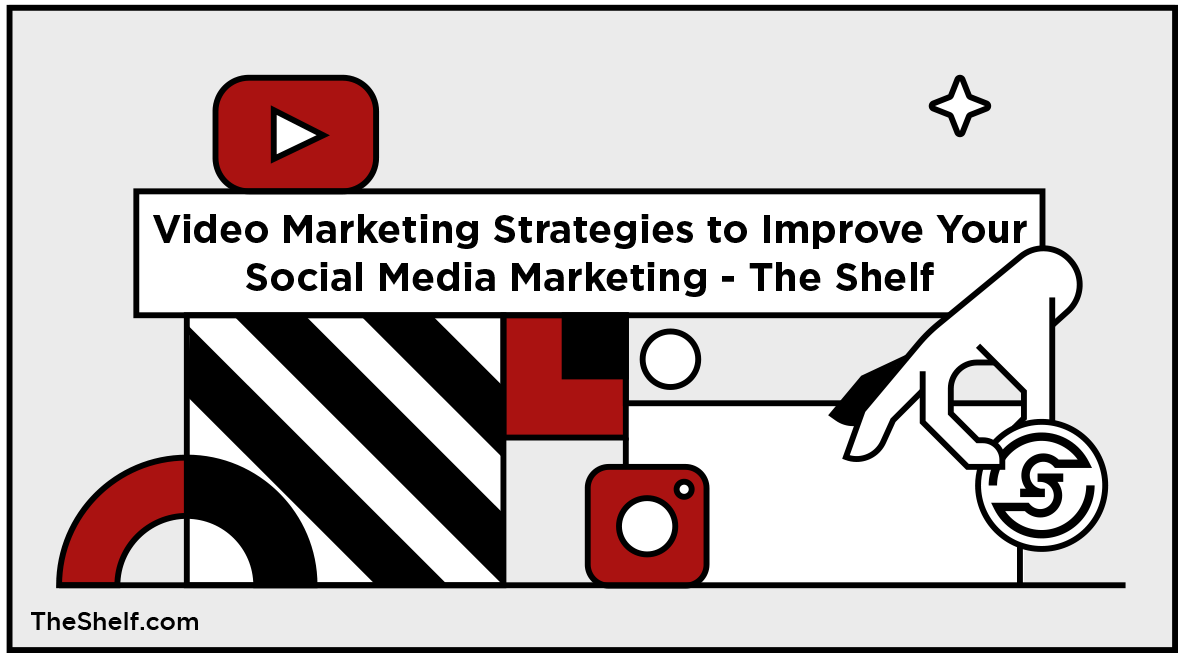
A Few Content Creation Tips
So, I know you’re waiting with bated breath to know the number one tip I have for new video creators. And it is this:
Practice, practice, then practice some more.
Film, edit, and upload a bunch of content and see what sticks. It’s free to do it, and as long as you’re not filming offensive or low-quality video, it won’t harm your brand as much as you might think. Take heart. Most of us suck at it in the beginning… including television shows.
Everyone starts somewhere and people appreciate honesty in a world filled with filters, so take a deep breath and…go!
Always film in HD.
Technology is too far advanced and too easy to access for you to be filming in with your grandma’s shaky, old Camcorder. If you have a budget, do invest in a tripod and a microphone to improve your quality even further. Keep your editing simple, this isn’t the latest Avengers movie and you probably don’t need special effects to promote your brand.
Be yourself on camera.
Your audience will spot a fake personality a mile away and instantly switch off. Don’t try and make your videos look like someone else’s. Take inspiration, yes. But nothing more. Dive in head first, test different content options. Forget about A/B testing. You’re probably going to have to test the entire alphabet.
Go. Create.

There’s no time like a brand new year to implement marketing strategies that you KNOW work… but you may be dragging your feet on doing. I mean, the planning, the strategy, wooing influencers, shipping products, monitoring campaigns… IT’S A LOT! We get it. But we also have a pretty cool platform that will streamline and automate most of the headache-inducing aspects of influencer campaigns PLUS we have a pretty cool team of hipsters, cool kids, and marketing savantes that will make your influencer campaign much easier to handle and also crazy profitable. Seriously, we’re all about that ROI. In fact, our influencer marketing platform takes away the guesswork and comes with a ton of our patent-pending ROI-prediction reports that are jargon-free, easy to understand, and will help you sleep well at night. You’ll know right off rip exactly who’s representing your brand and whether or not your collaboration with them will pay off. So… contact us if you want to make a ton of money from your marketing efforts. (How’s that for a CTA?)
Or give us a quick call : (212) 655-9879






Leave a Reply